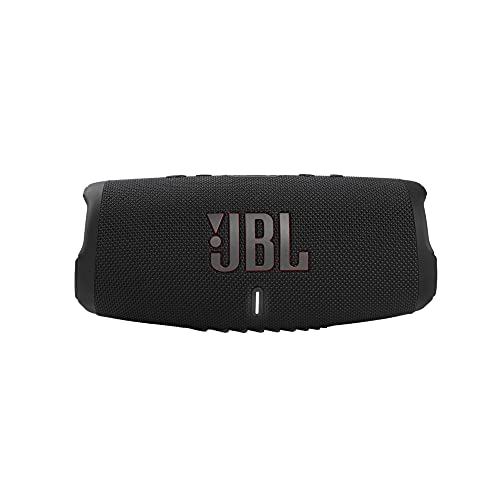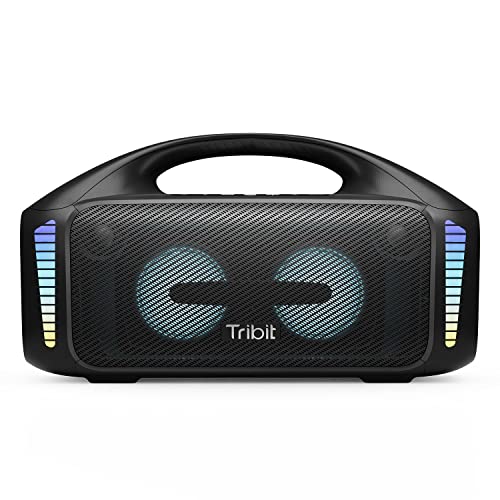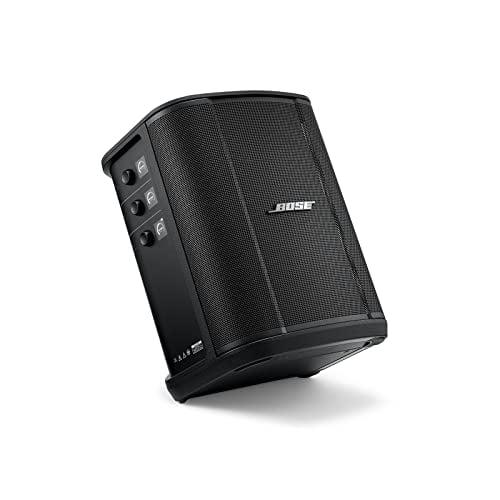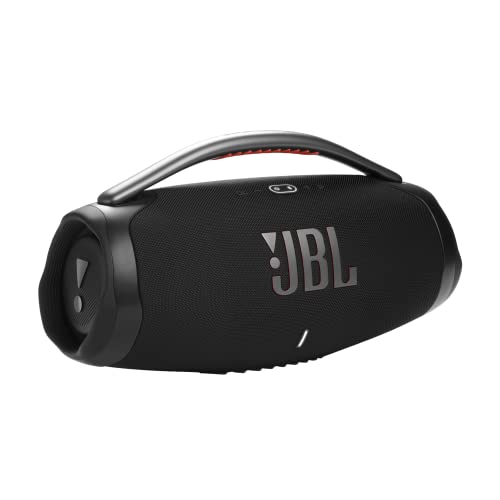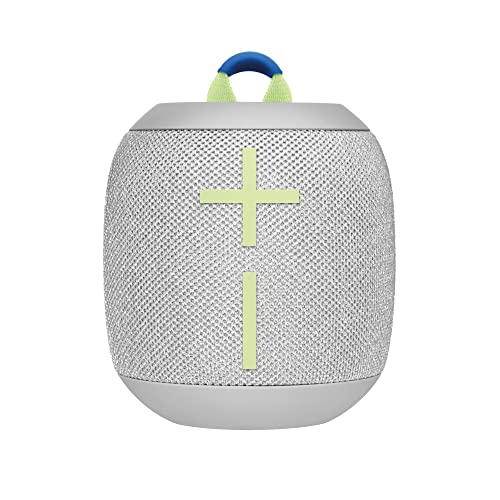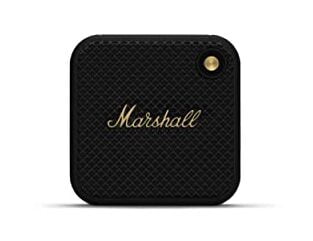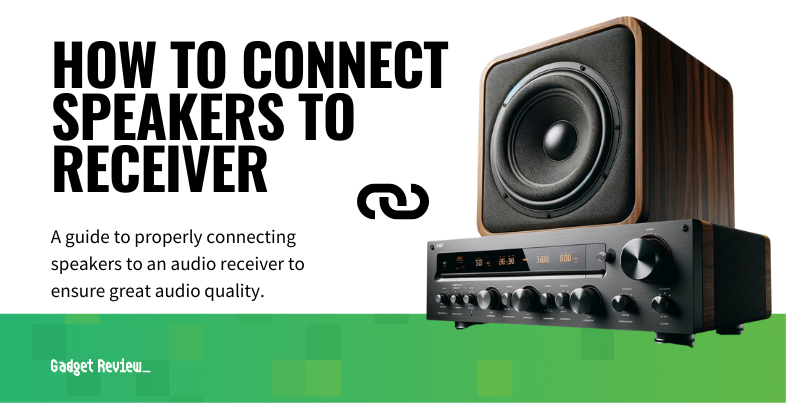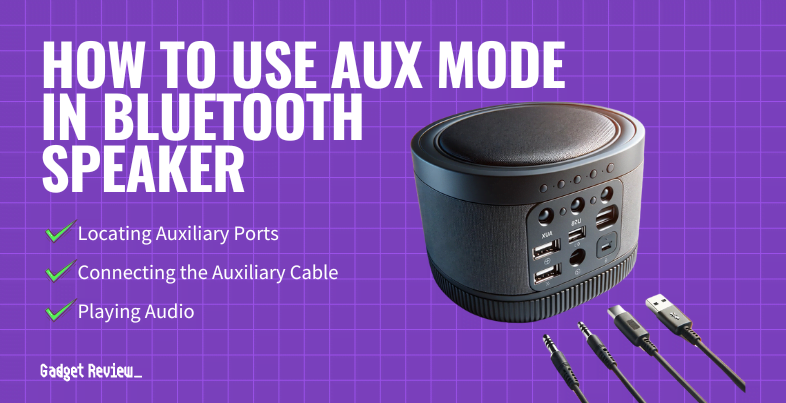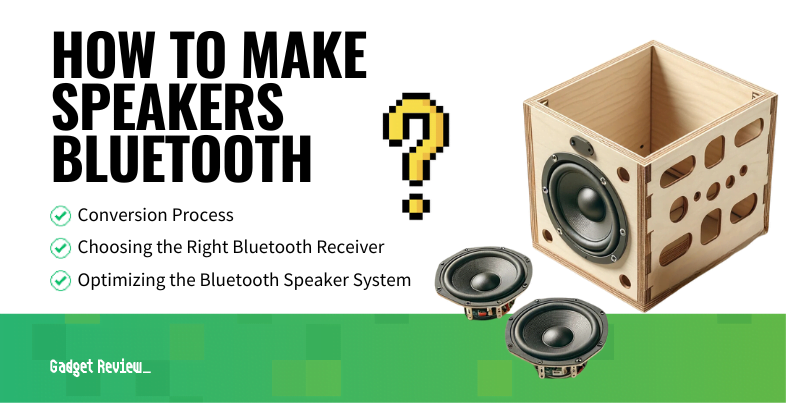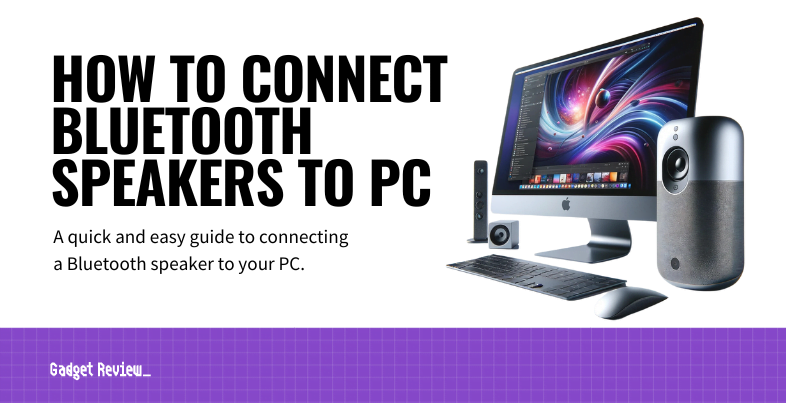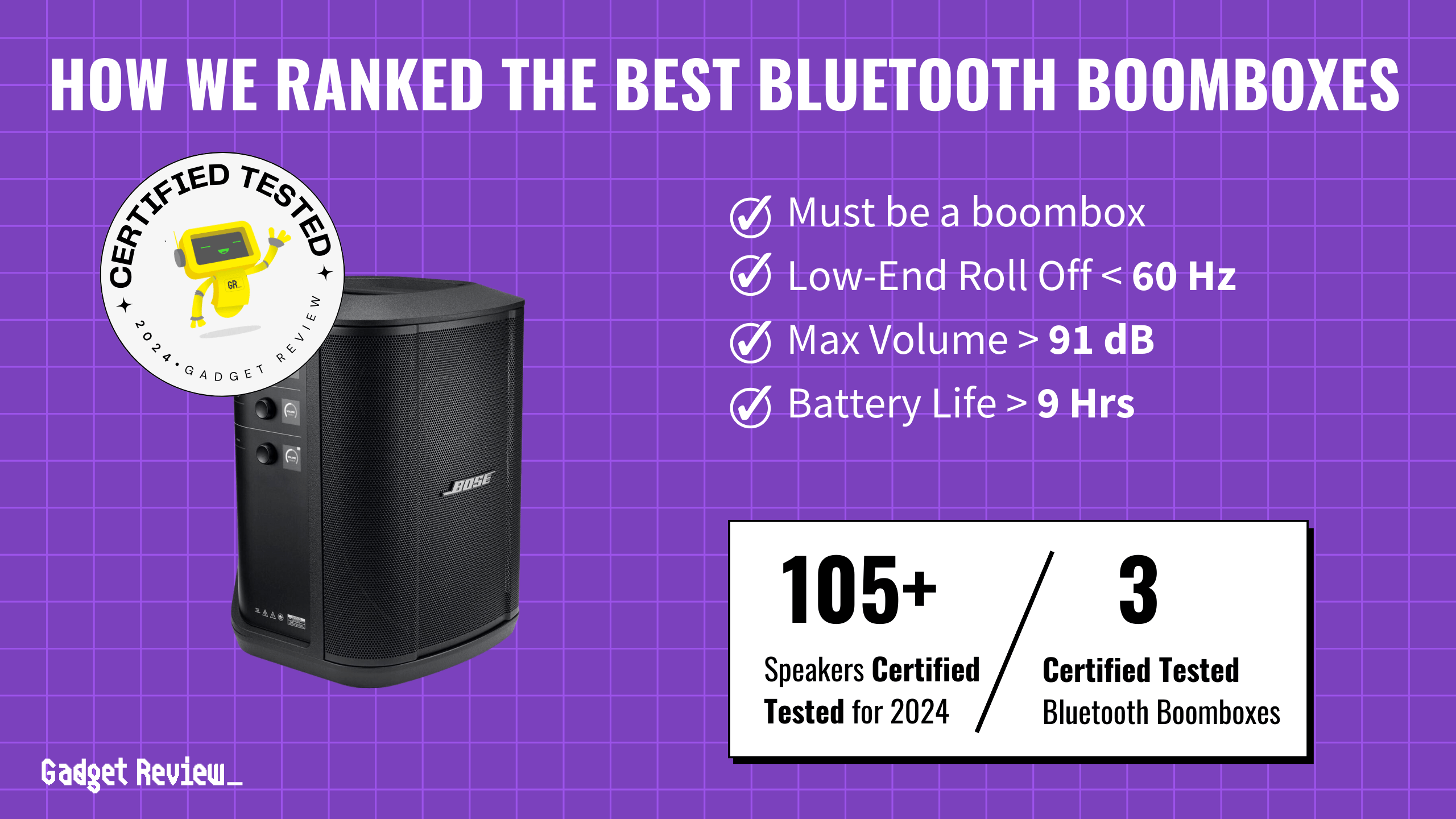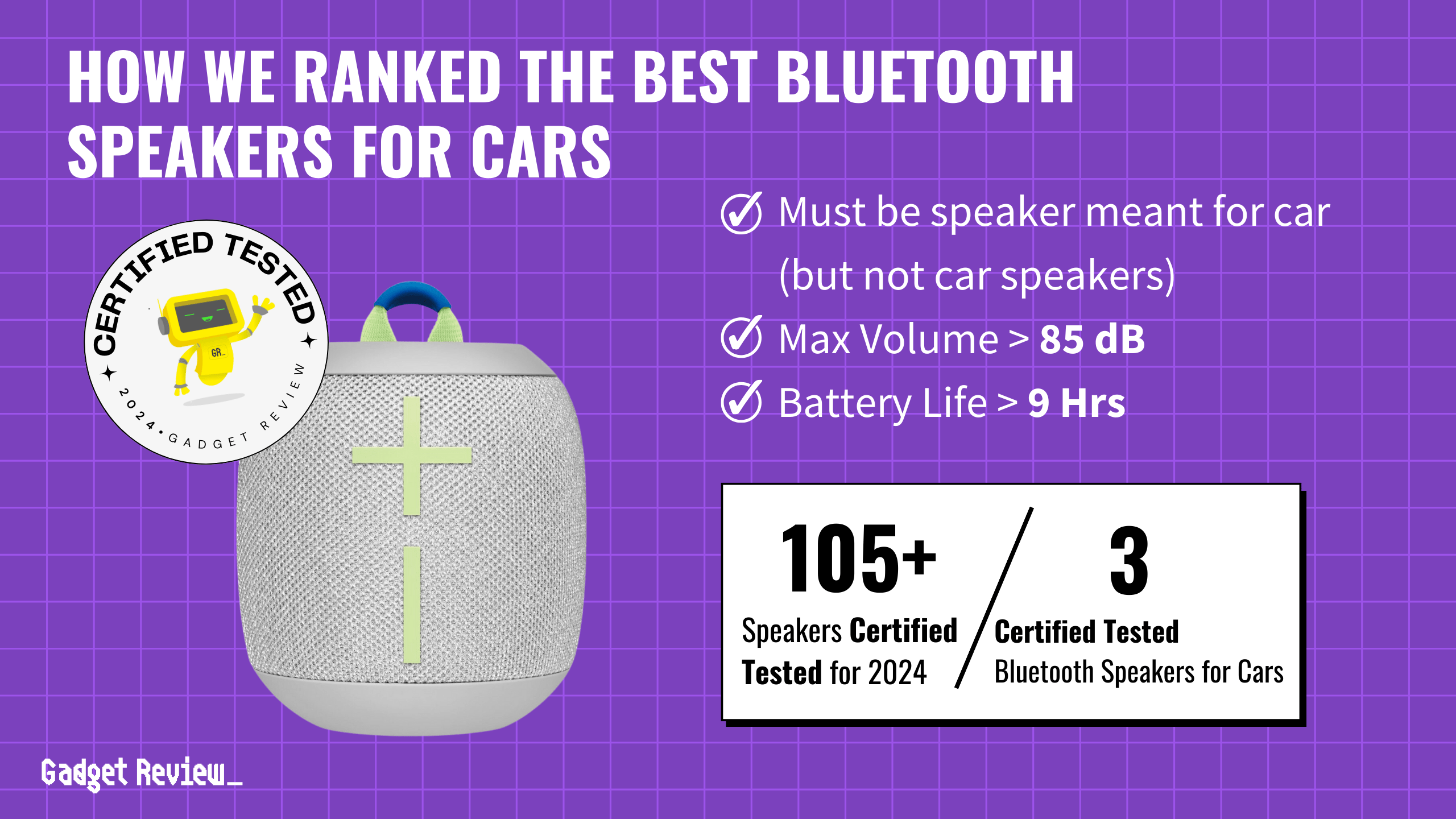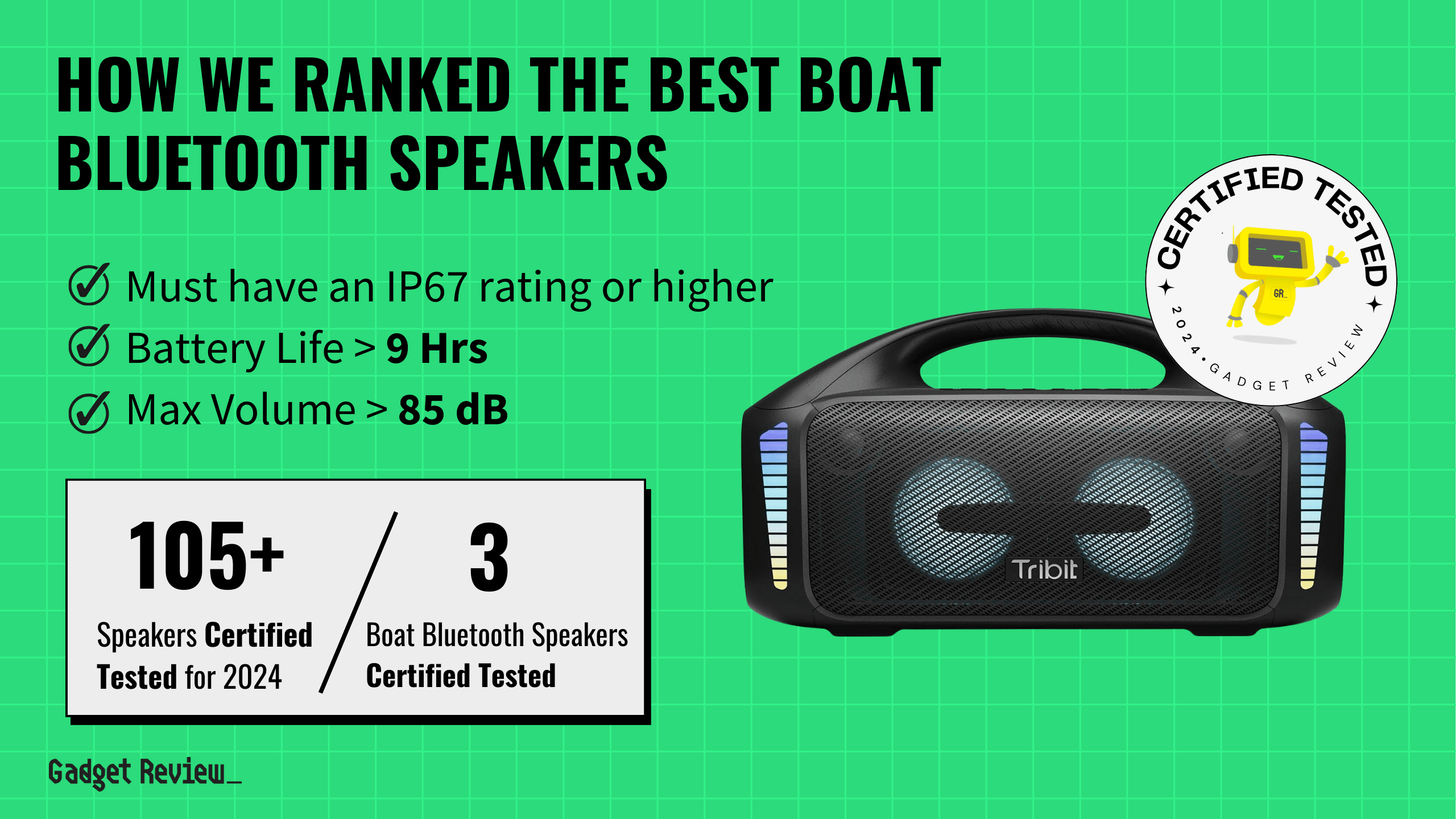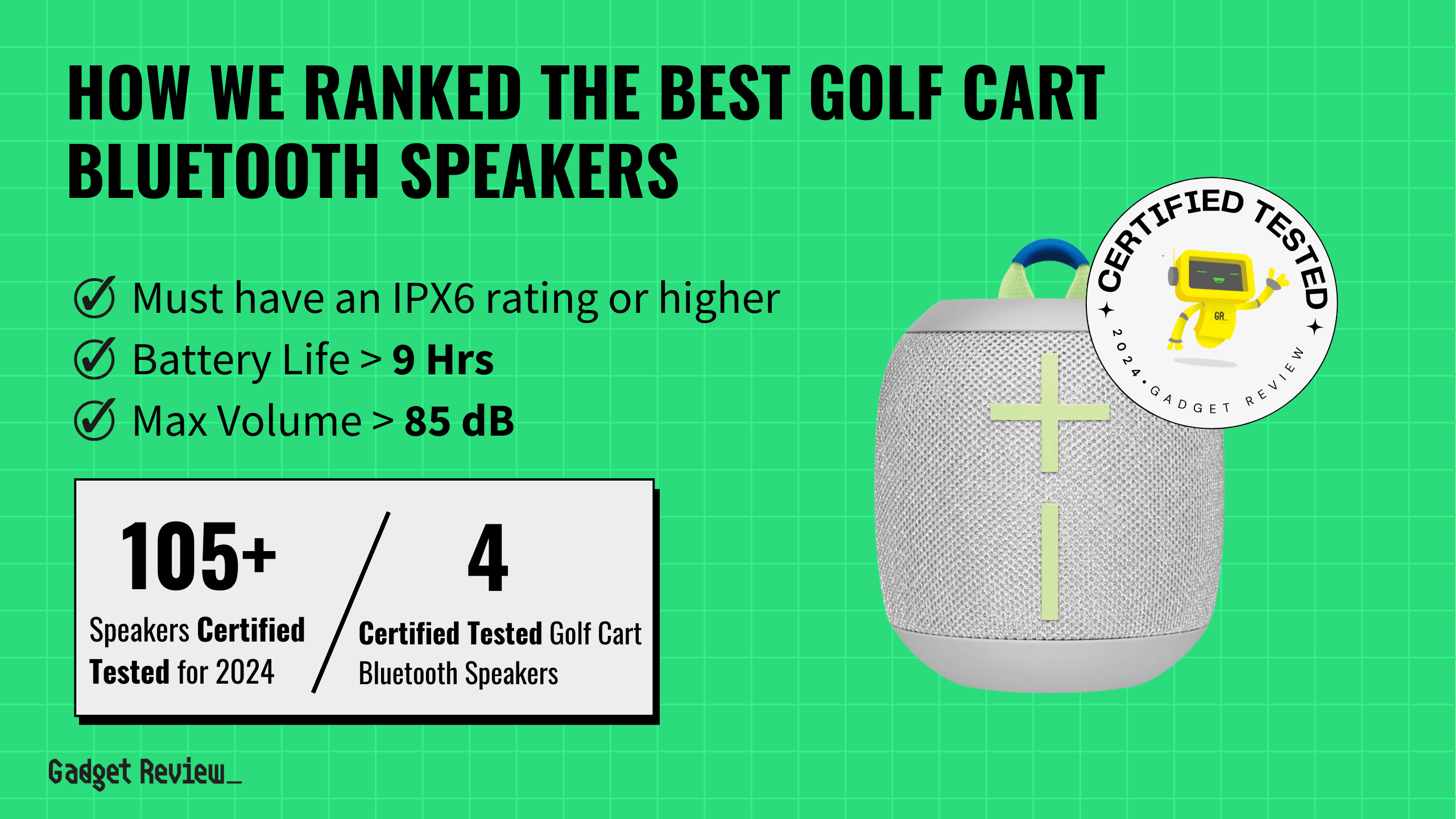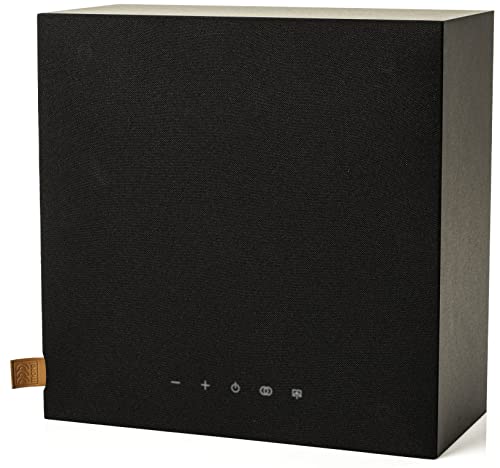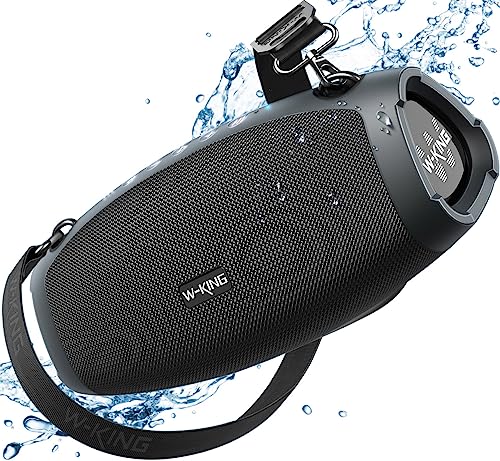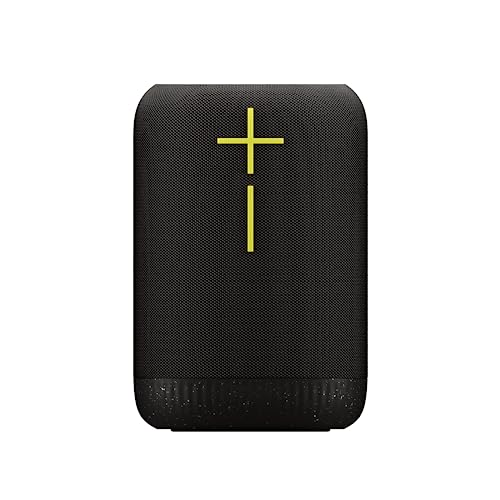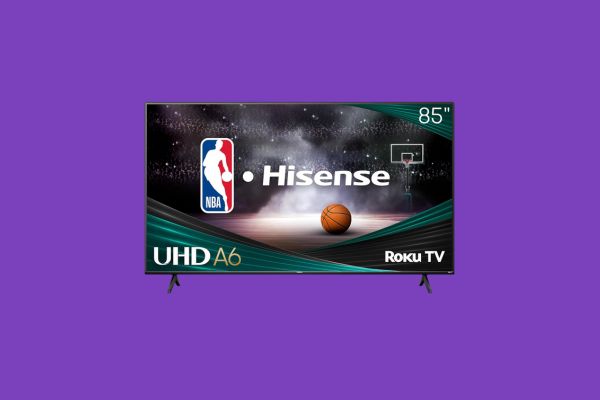When you’re selecting the best Bluetooth speakers, sound quality is a critical factor. Look for speakers with clear highs, deep bass, and balanced midrange to ensure a rich audio experience. Consider battery life, aiming for at least 9 hours, and durability features like water resistance and rugged construction, especially for outdoor use.
We analyzed 109 Bluetooth speakers, thoroughly reviewed 1,150,468 reviews and certified 6 models as top performers. Our approach combines verifying product testing and filtering out fake reviews using our proprietary True Score. The best speakers excelled in sound quality, battery life, and durability.
How Did We Rank These Bluetooth Speakers?
The best Bluetooth speakers look completely different depending on what you want them to do – and this impacts which criteria are most important, and whether or not a speaker meets a criterion. Our list covers a variety of speakers that meet at least one of these criteria and are perfectly suited to one or more uses, from boat speakers to boomboxes.
| CRITERIA | RANGE | REQUIRED | DEFINITION |
|---|---|---|---|
| Low End Roll Off (Hz) | < 60 Hz | No (nice to have) | The point at which bass response starts to fall sharply, causing it to rapidly become inaudible. |
| High End Roll Off (Hz) | > 10 kHz | No (nice to have) | The point at which treble response starts to fall sharply, causing it to rapidly become inaudible. |
| Battery Life (Hours) | > 9 Hr | Yes | The length of time a Bluetooth speaker can play before the battery goes flat. |
| Volume Output (dB) | > 85 dB | Yes | The maximum volume that a Bluetooth speaker is able to output when turned to max. |
When you shop through our links, you’re backing our mission. Dive deeper to see how.
Latest Updates
- 08/07/2024: Republished the list to include the best Bluetooth speakers based on our True Score system.
Top Bluetooth Speakers For 2025
Prices accurate at the time of publishing

Our Approach to Analyzing Bluetooth Speakers
We’ve redefined soundbar buying guides, setting us apart from any other site on the planet. Our unique approach uses a comprehensive dataset from trusted sites, focusing on key testing metrics like maximum volume output, battery life, bass roll-off, and treble roll-off.
We aggregate and analyze this data, ensuring our recommendations meet a variety of use cases and needs. Specifically, when it comes to Bluetooth speakers, this involves selecting models that deliver the right form factor, volume level, bass response, and battery life to fit neatly into whatever you need it for. Discover our data-driven methodology for precise, reliable TV recommendations.
Which Criteria Matters for Testing Bluetooth Speakers?
By focusing on these criteria, anyone can quickly and easily compare these Bluetooth speakers and how they’ll perform. This helps you make an informed decision and purchase a speaker that will do exactly what you need it to.
| CRITERIA | RANGE | REQUIRED | DEFINITION |
|---|---|---|---|
| Low End Roll Off (Hz) | < 60 Hz | No (nice to have) | The point at which bass response starts to fall sharply, causing it to rapidly become inaudible. |
| High End Roll Off (Hz) | > 10 kHz | No (nice to have) | The point at which treble response starts to fall sharply, causing it to rapidly become inaudible. |
| Battery Life (Hours) | > 9 Hr | Yes | The length of time a Bluetooth speaker can play before the battery goes flat. |
| Volume Output (dB) | > 85 dB | Yes | The maximum volume that a Bluetooth speaker is able to output when turned to max. |
Our Trusted Data Sources
We looked at 120+ Bluetooth speaker reviewers and while 13 are trustworthy (60%+ Trust Rating), we only use data from the testers that are “very trusted” which means a Trust Rating above 70%. The three we have listed below are our most trusted for Bluetooth speakers.
- Becca Fischer – Rtings, MuckRack
- Michelle Powell – TechGearLab, MuckRack
- Brent Butterworth – Wirecutter, MuckRack, LinkedIn
Interested in a comprehensive analysis of our data sources? We’ve got you covered. Below, you’ll find a detailed list of every office chair review website we’ve identified, organized by their respective Trust Ratings from highest to lowest. But we didn’t stop there. We’ve meticulously reviewed each publication and verified the data by checking whether the authors have bio links to MuckRack or LinkedIn. We’re committed to not only checking the facts but ensuring their veracity.
Bluetooth Speaker Test Data & Results
1. Low End Roll Off Test Results
The low-end roll-off is key in determining how deep the bass on your Bluetooth speaker will sound. A Bluetooth speaker with a roll-off that doesn’t start at a sufficiently low frequency leads to bass that sounds weak or is missing entirely, which makes music sound weak. Essentially, the deeper the bass can extend before rolling off, the more robust the sound.
For the majority of Bluetooth speakers and typical usage scenarios, aiming for a roll-off that begins no higher than 60 Hz is advisable. However, the lower the frequency where roll-off begins, the better the bass experience. It’s important to understand that there’s a limit to how low the roll-off can go, so expecting Bluetooth speakers to achieve roll-off points in the teens might be unrealistic. It’s also important to remember that Bluetooth speakers don’t have subwoofers and are also generally small, which limits how deep their bass can get.
Low-End Roll-Off
< 60 Hz
Acceptable range of performance
Definition: The point at which bass begins to sharply decline and becomes rapidly inaudible.
Units of Measurement: Hz (Hertz)
Tools to Measure: Oscilloscope
Why It’s Important:
If bass takes longer to start rolling off, it’ll generally be more present in your speaker’s output, which will give music much more “punch” and depth.
Low-End Roll Off (in Hz; lower is better)
2. High End Roll Off (Hz) Test Data
High-End Roll-Off
> 10 kHz
Acceptable range of performance
Definition: The point at which treble begins to sharply decline and becomes inaudible.
Units of Measurement: Hz (Hertz)
Tools to Measure: Oscilloscope
Why It’s Important:
If treble takes longer to start rolling off, it’ll be more present in the audible parts of the audio spectrum put out by your Bluetooth speakers, which is often called “sparkle.”
On the opposite end of the audio spectrum from bass lies treble, which is essential for lending music a characteristic often called “airiness” or “sparkle.” Understanding the high-end roll-off is crucial for discerning at what point treble begins to diminish and eventually becomes imperceptible, leading to the loss of this “sparkle” in your audio. Treble encompasses sounds such as the shimmering of heavy cymbal work and the strings of violins. If the roll-off in these higher frequencies starts too early, these detailed sounds can become difficult to discern, either getting lost in the mix or fading into obscurity.
To ensure your Bluetooth speaker retains this critical aspect of sound, it’s advisable to select a model where the roll-off doesn’t start until after 10,000 Hz. Beyond this frequency, it becomes increasingly difficult for the human ear to detect sounds. While the very top of the audio spectrum contributes to the sense of “airiness,” they eventually reach a threshold where they’re nearly indistinguishable. By choosing a Bluetooth speaker whose treble roll-off starts around 10 kHz, you significantly improve your chances of preserving the most impactful parts of the treble spectrum. This approach ensures your music maintains the clarity and presence that elevates it from good to exceptional.
High End Roll Off (in Hz; higher is better)
3. Volume Output Test Results
Maximum volume is the most straightforward test to grasp when it comes to Bluetooth speakers: it simply refers to the loudest level at which the speaker can play. However, the importance of having a high maximum volume might not be immediately obvious. Beyond the ability to fill rooms with sound or serve as party speakers, higher maximum volumes play a crucial role in ensuring audio clarity at typical listening volumes.
This concept is known as “headroom.” Adequate headroom in a Bluetooth speaker means it can reproduce sounds at a level that is both loud enough and clear enough, ensuring that your usual listening levels for music or podcasts are crisp and free from distortion. Your Bluetooth speaker should have a minimum of 85 dB of maximum volume, but 91 dB or even higher is ideal. The higher the maximum volume, the better the speaker is at delivering sound that can fill increasingly large spaces without sacrificing sound quality.
Volume Output
>85 dB
Acceptable range of performance
Definition: The maximum volume that a Bluetooth speaker can hit at 100%.
Units of Measurement: dB (Decibels)
Tools to Measure: Sound level or decibel meter
Why It’s Important:
Max volume is how you ensure you’ve got enough volume to hear your music at a party without audio becoming heavily distorted.
Volume Output (in dB; higher is better)
4. Battery Life Test Results
Your Bluetooth speakers are more than likely going to be battery-powered. They might not run solely on battery power, but it is more common than not for Bluetooth speakers to be able to play without being plugged into a wall. That means, you’ll want your speaker to be able to play for as long as possible without having to be plugged in to charge, so even if you forget your charging cable, you’re not shackled to 4 hours of playtime.
It’s for this reason that we recommend that Bluetooth speakers have at least 9 hours of playtime – enough to get you through a full day of playing your speakers. That said, there’s no upper limit to battery life – the more you can get “under your belt”, the better. If your speaker can deliver more than 17 hours of battery life on a single charge, you’ve got more than enough for two days and change, which is plenty of time to remember you need to plug the speaker in.
Battery Life
> 9 Hours
Acceptable range of performance
Definition: The amount of time speakers can play before the battery dies.
Units of Measurement: Hours
Tools to Measure: Timer
Why It’s Important:
Battery life is what keeps your speaker going when you’re out and about, otherwise your speaker can’t survive heavy usage in a day or a weekend.
Battery Life (in hours; higher is better)
Bluetooth Speakers: Mistakes To Avoid
- Not Considering Size, Portability, and Durability: Bluetooth speakers come in various sizes, from compact models to larger, more powerful ones. Choosing a speaker that’s too large or too small for your needs can be inconvenient. Think about where and how you’ll use the speaker to select the right size and weight. If you plan to use the speaker outdoors or in various environments, ensure it has a robust build and is water-resistant or waterproof. Many speakers come with an IPX rating that indicates their level of protection against water and dust. Additionally, if you ever need to perform maintenance, knowing how to take apart Bluetooth speakers with no screws can be useful; this often involves carefully prying apart the casing to access internal components without damaging the device.
- Ignoring Sound Quality: While portability and design are important, sound quality should not be overlooked. Consider the speaker’s bass, mids, and treble balance. Reading reviews or listening to samples can help you gauge the speaker’s performance, as some may produce distorted or weak audio at higher volumes. Understanding what causes static noise in Bluetooth speakers can also help in making a better choice; this often results from interference or poor signal quality. Additionally, knowing why your Bluetooth speaker might keep cutting out, such as battery issues or signal obstructions, can prevent frustrating listening experiences.
- Neglecting Battery Life: One of the primary advantages of Bluetooth speakers is portability, which relies heavily on battery life. Choosing a wireless speaker with insufficient battery life can limit your listening experience, especially during outdoor or extended use. Look for a speaker with a battery life that matches your usage needs. You can also compare the differences between wired and wireless speakers and consider that wireless options, such as Bluetooth and WiFi speakers, offer greater flexibility but may vary in connectivity stability. Comparing Airplay vs. Bluetooth can also be helpful.
- Neglecting Connectivity Options: Many buyers mistakenly assume all Bluetooth speakers offer the same connectivity features, leading to potential frustration when their new speaker lacks the necessary ports or support for their devices. It’s essential to ensure the speaker has the connectivity options you need, such as auxiliary inputs, USB charging, and NFC capabilities. Checking these features beforehand can prevent compatibility issues and enhance the overall user experience. If you’re having trouble connecting multiple devices, here’s a handy guide on how to connect to multiple Bluetooth speakers. Additionally, we provide step-by-step instructions on how to connect a Bluetooth speaker to your phone, PC, Xbox One or even a record player.
The Best Bluetooth Speaker Tests Compared
Product |
True Score
|
Battery Life
|
Volume Output
|
Low End Roll Off
|
High End Roll Off
| |
|---|---|---|---|---|---|---|
| 84 |
|
|
|
| $179.95 |
| 84 |
|
|
|
| $169.99 $200 $30 |
| 83 |
|
|
|
| $699.00 |
| 82 |
|
|
|
| $381.95 |
| 82 |
|
|
|
| $67.99 $100 $32 |
| 80 |
|
|
|
| $79.99 $120 $40 |









